Menu
Better is a global venture capital firm that backs bold innovators on day zero.
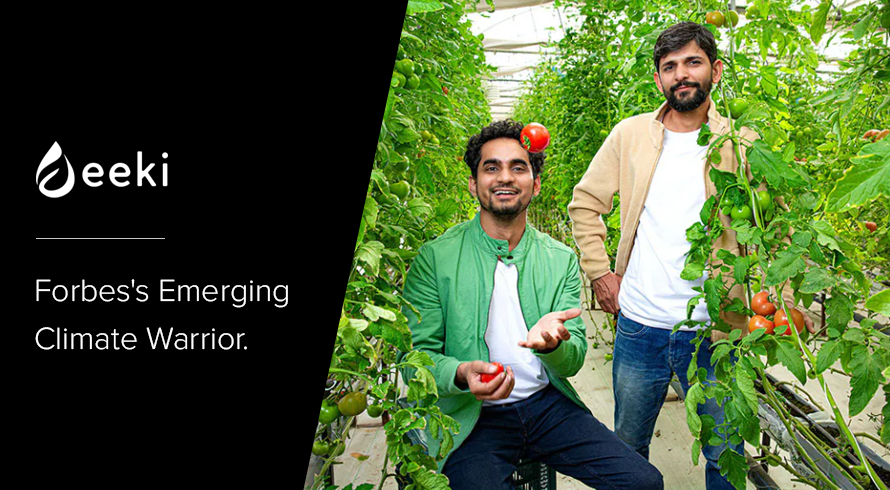
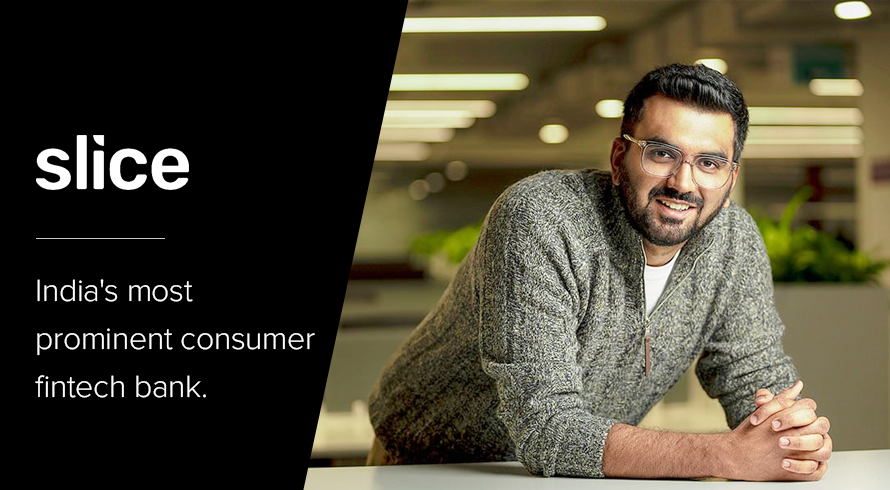
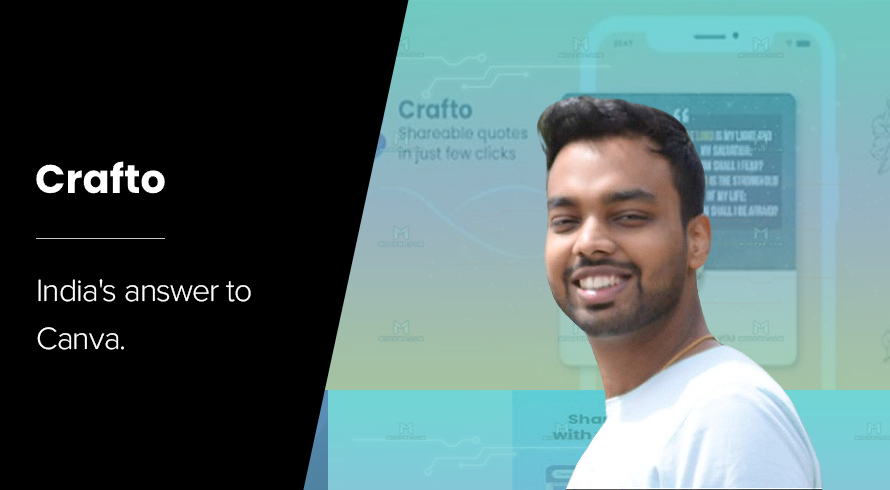
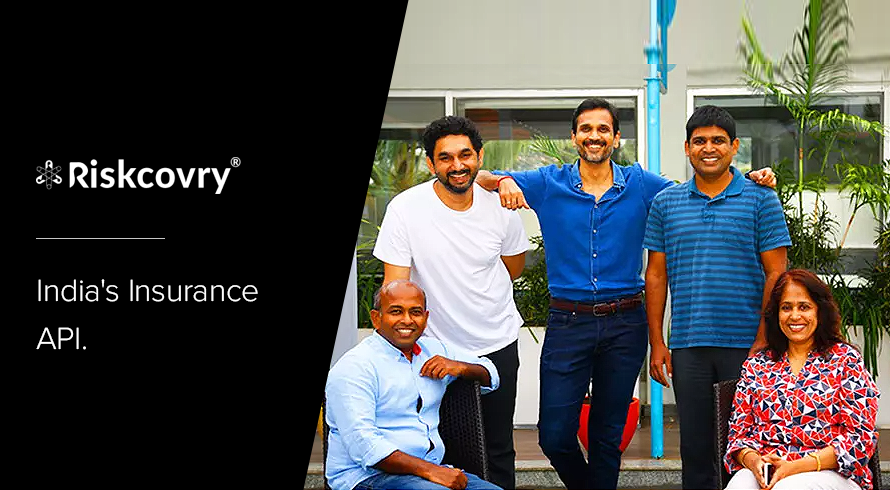
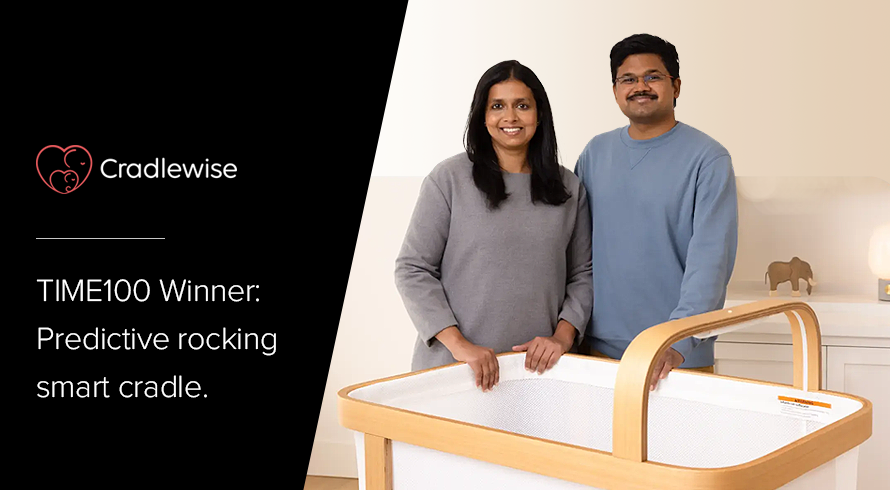
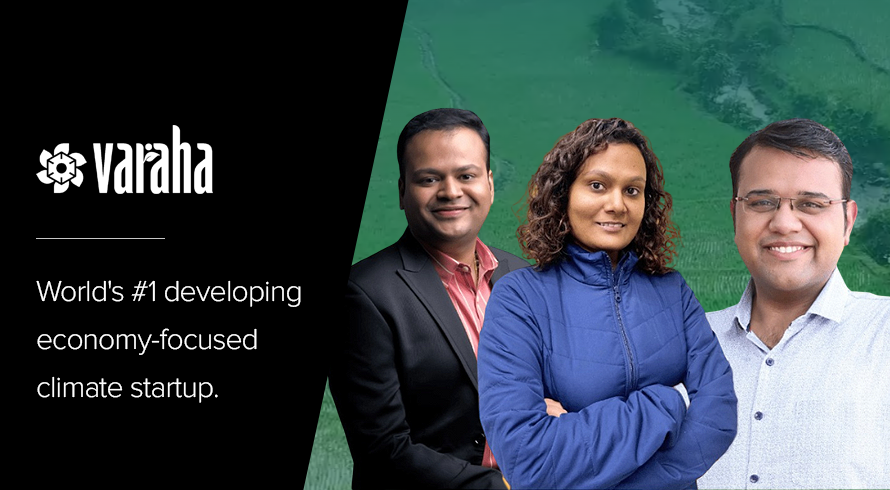
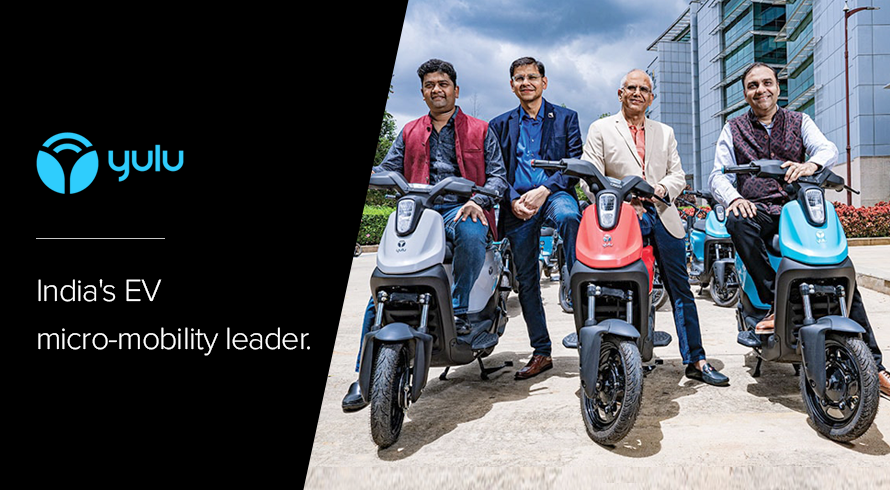
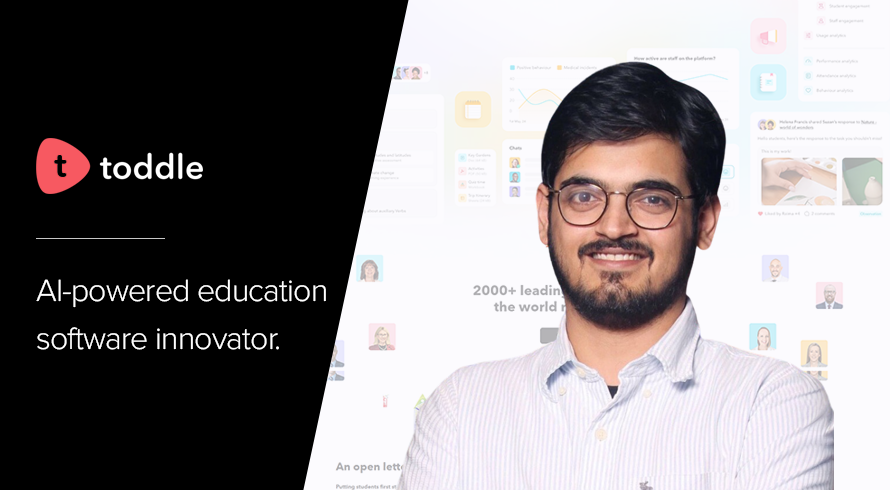
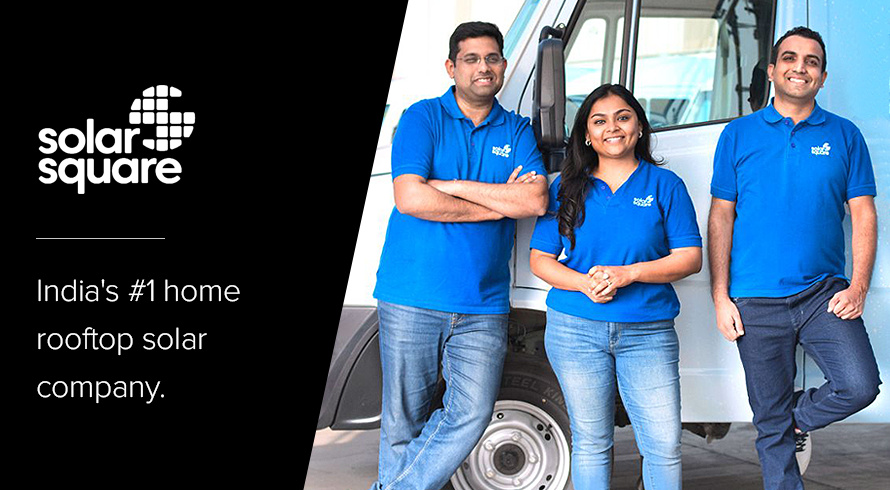
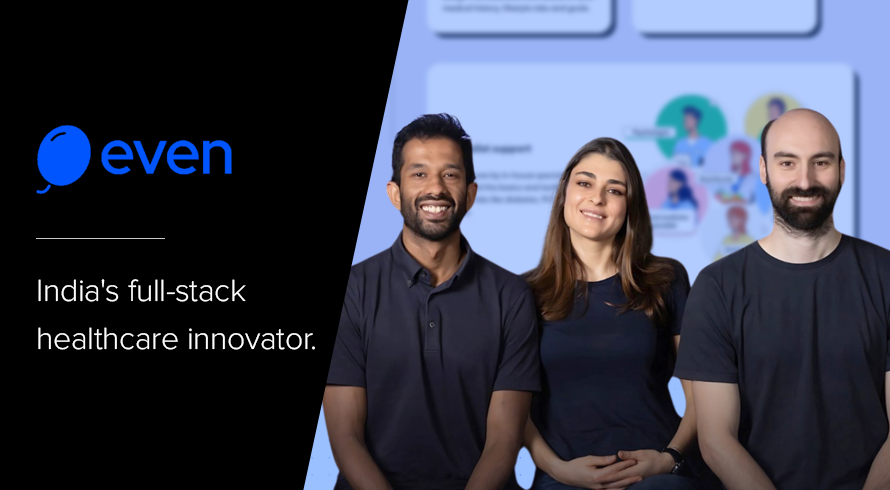
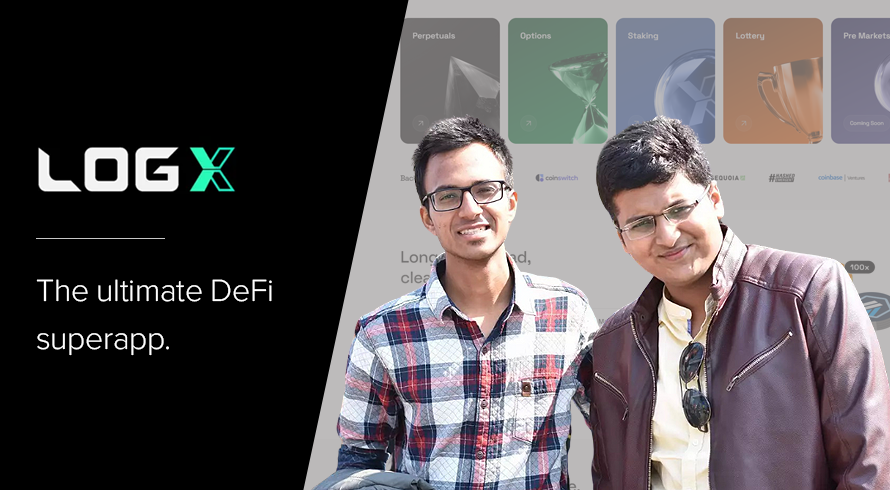
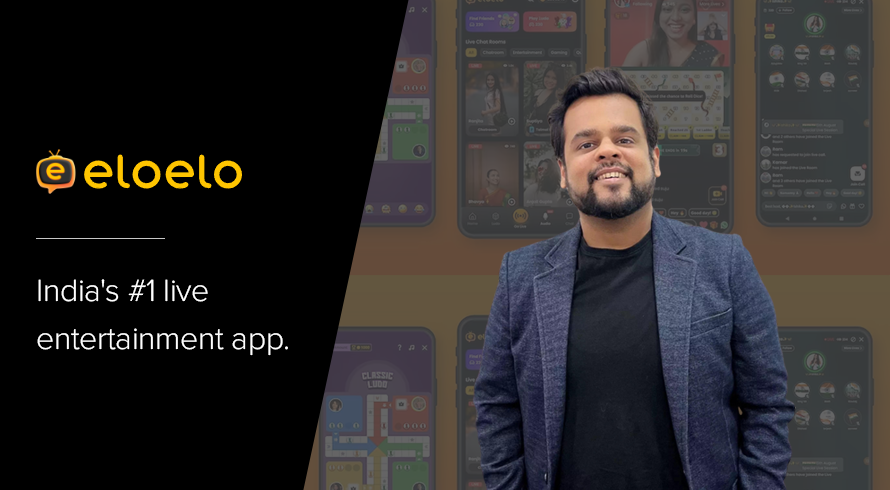
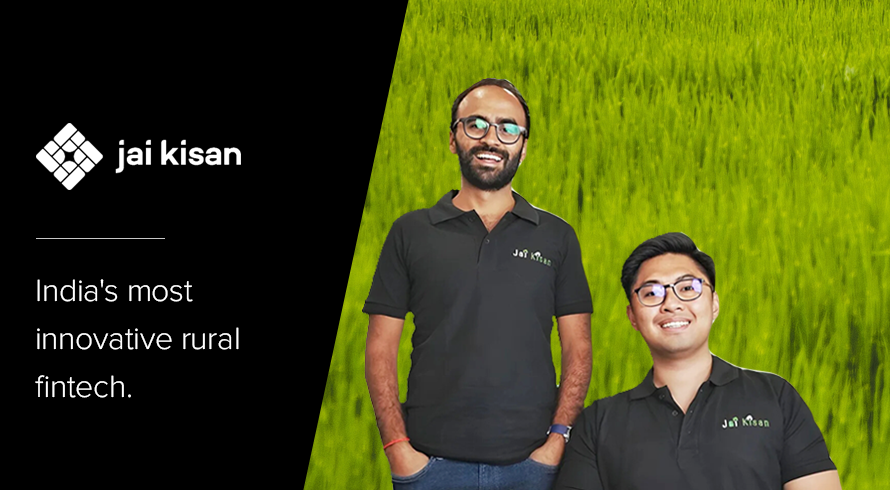
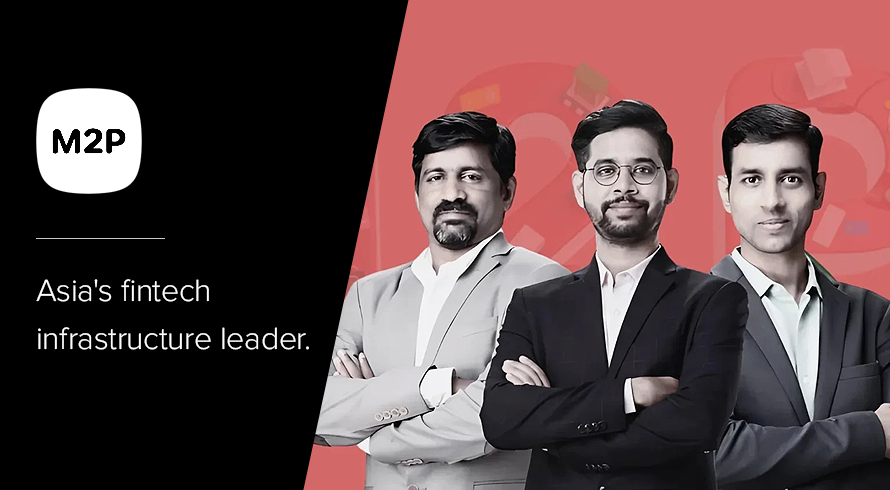
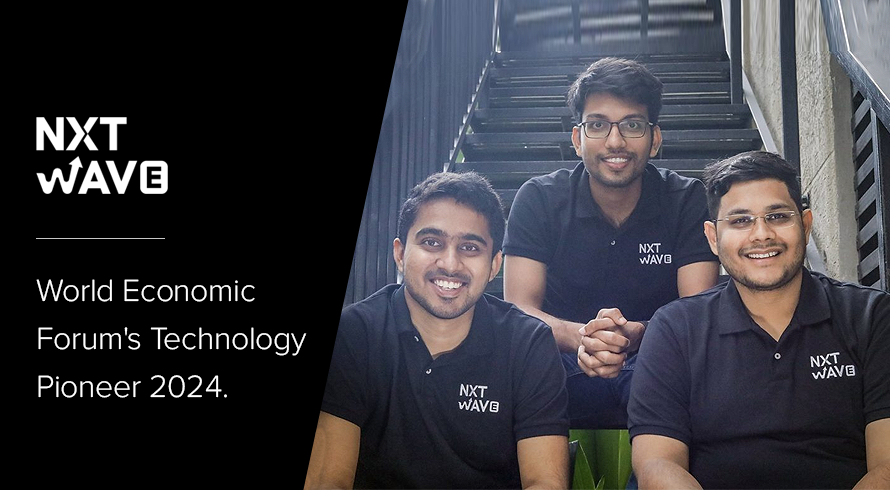
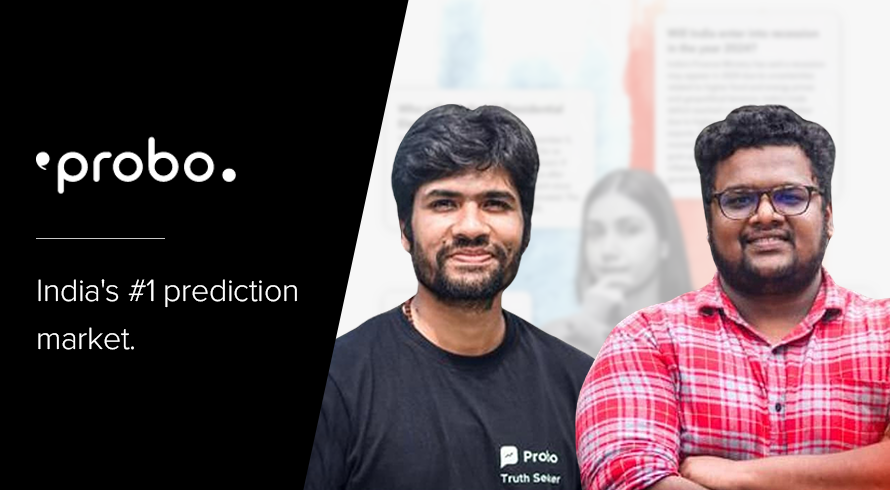
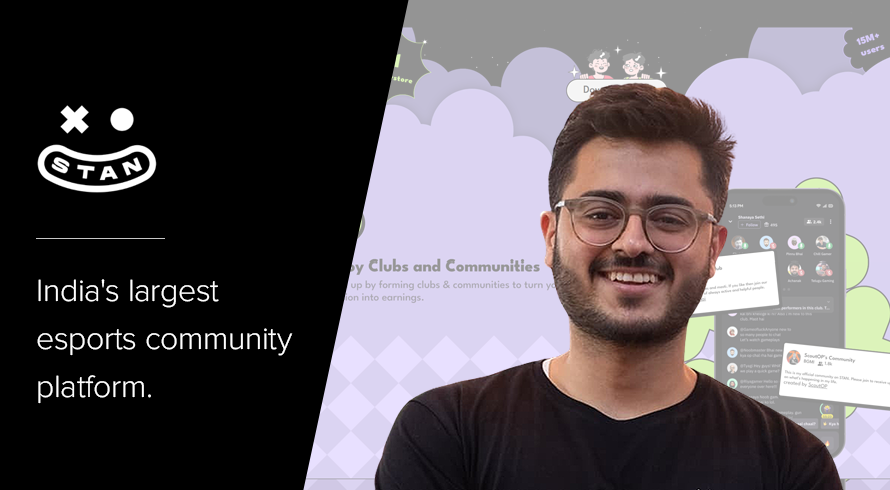
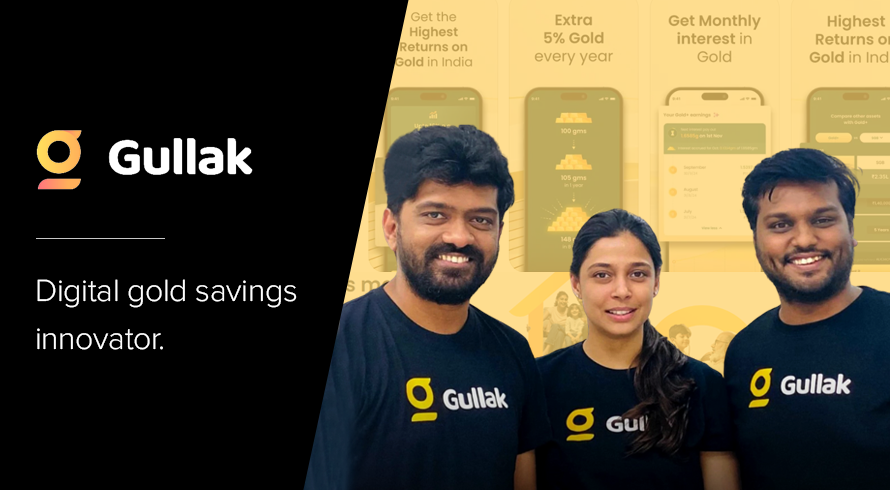
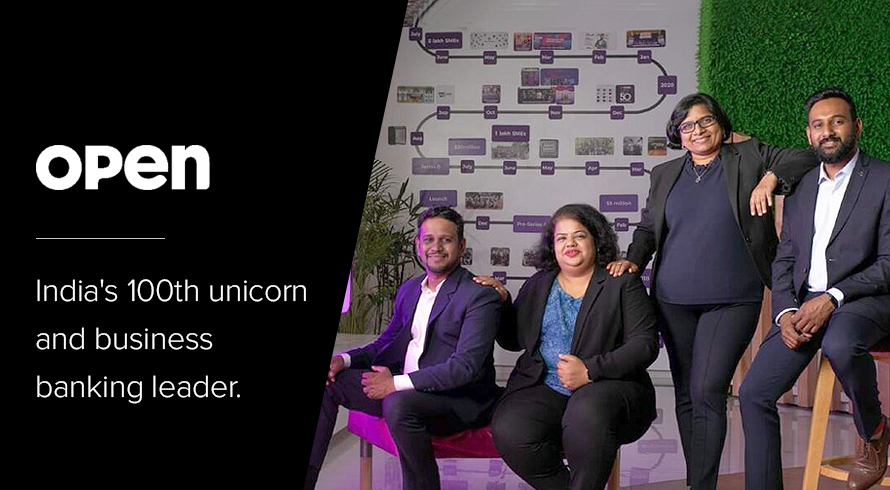
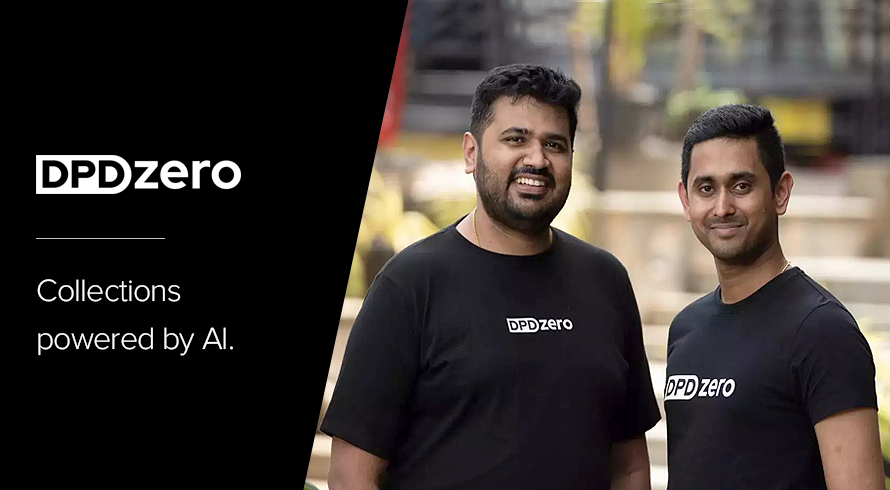
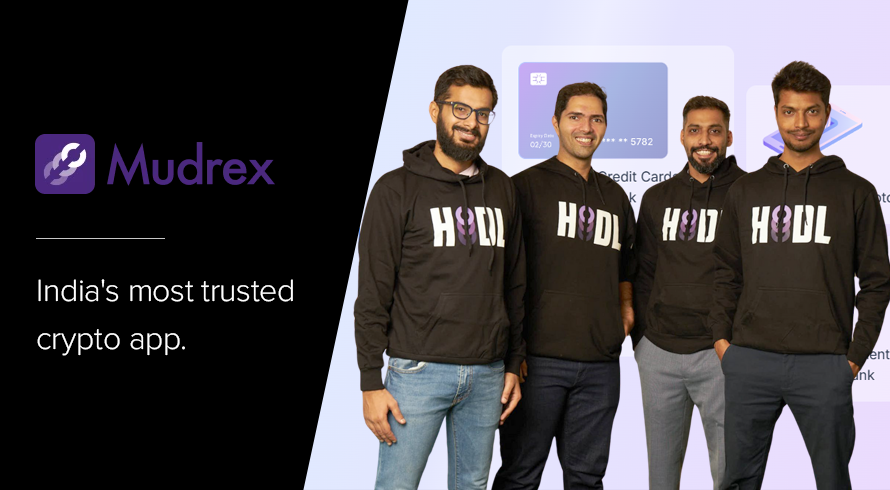
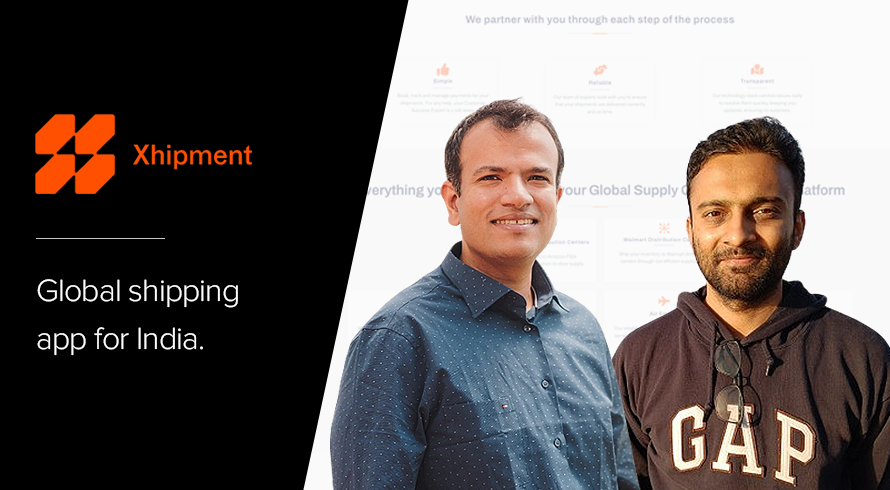
200+ Companies
$7B+ Combined Valuation
700+ Founders
2 Unicorns
10B+

$1B - $10B
| Slice | #1 credit card challenger |
| Open | #1 SME neobank in Asia |
$500M - $1B
| Rupeek | Asset-backed loans innovator |
| Khatabook | Digital ledger app for small businesses |
| Teachmint | Infrastructure for education. |
| Jupiter | Consumer neobanking innovator |
| M2P | Fintech API and infrastructure leader |
$100M - $500M
| Kutumb | Reddit for Bharat - groups for communities |
| Yulu | India's top micro mobility app |
| Bijak | India's largest agri marketplace platform |
| ShopKirana | B2B kirana commerce app |
| Airmeet | Live online events leader |
| Probo | Opinion exchange |
| Vegrow | Exotic fruits & vegetables farmless farmer |
| GOAT Brand Labs | Ecommerce rollups - Thrasio of India |
| Fancraze | Digital cricket collectibles |
| Skill Lync | Online engineering education leader |
| Jai Kisan | Fintech for rural India |
| Nxtwave | Redefining industry-relevant tech skilling |
| Supergaming | Games & gaming infrastructure |
